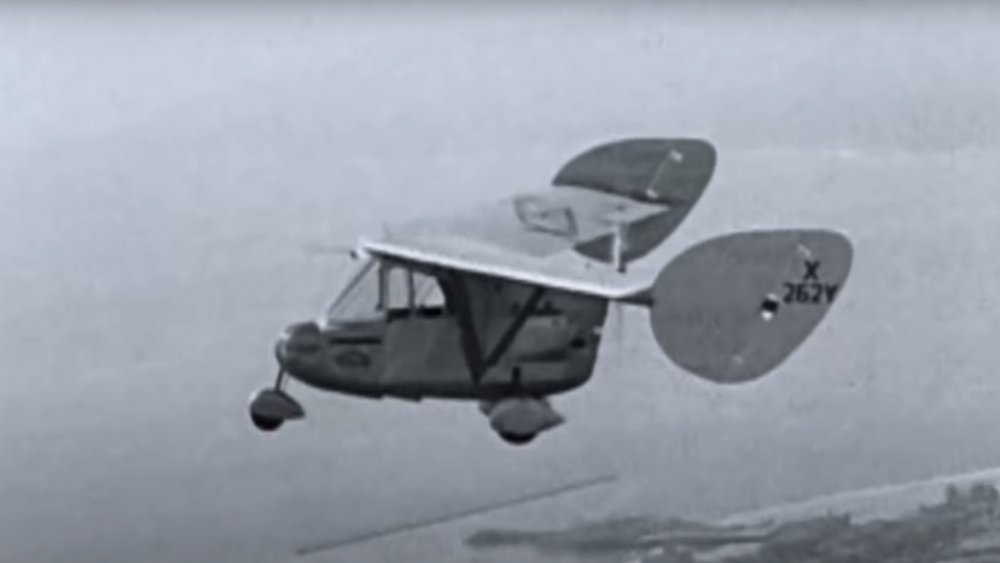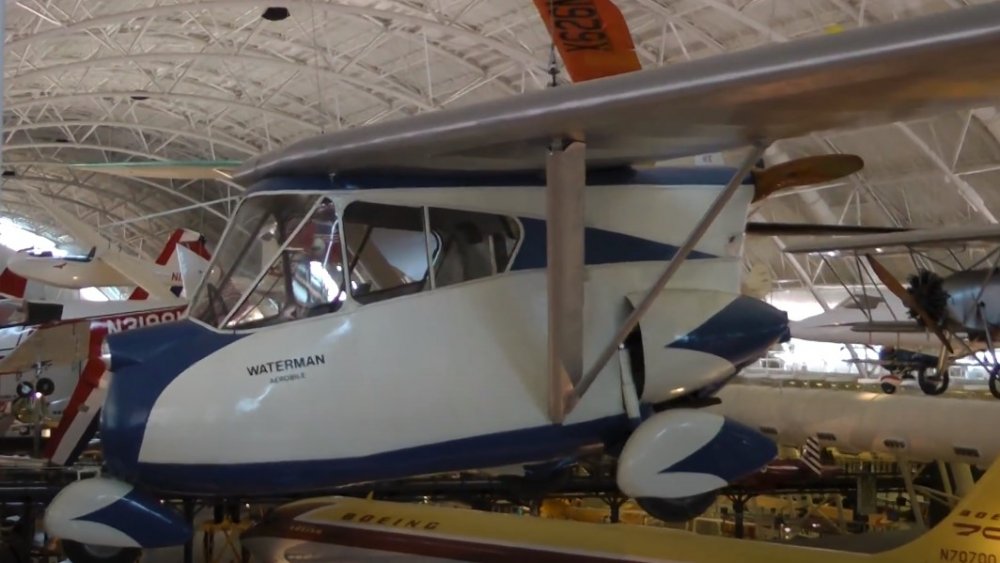We Had Flying Cars In The 1930s, Here's Why They're Not Around Today
"Where's my flying car?" a Greek chorus of the dissatisfied cries out from the driver's seats of their gridlocked 1997 Honda Civic hatchbacks. They shake their fists at the concept of a loving God and curse the bright future promised them by prognosticators of old: Phillip K. Dick, Robert Zemeckis, and The Jetsons.
Good news, everyone: we already have flying cars. Chances are, we had them well before you were even born. And in a passive aggressive twist of the historical knife, they're not around today because folks just refuse to support local business. Also, you know. They were death traps.
It started in 1917, with a contemporary and sometimes-rival to the Wright Brothers, a man named Glenn Curtiss. Among Curtiss' legion of steampunk imaginings was the Curtiss Autoplane, the world's first realized attempt at a roadworthy aircraft. Radical as it was, it never really took off, figuratively or literally — it could make little baby hops, but not achieve full liftoff.
The requisite old-timey newsreel of stalled attempts followed. Inventors crashed, failed, and in at least one particularly dramatic case, exploded, but the dream of a commercially viable flying car remained a point of fascination. In the 1930s, the U. S. Bureau of Air Commerce introduced a new initiative challenging American engineers to develop the "everyman's safe, low-cost, airplane." And here's the crazy thing: they actually pulled it off.
Look! Up in the sky!
According to the National Air and Space Museum, aviation enthusiast and real-world dad from Chitty Chitty Bang Bang Waldo Waterman took his first crack at a flying car in 1932 after a conversation with Glenn Curtiss about how a plane that you could drive to the airfield would be the absolute cat's pajamas. His initial design, the Waterman Whatsit, is still occasionally on display, complete with the giant holes that got punched into the thing when it wouldn't stop crashing. Undeterred, Waterman made improvements and came up with the Waterman Aerobile, a genuinely funky Buick blue car with a removable fixed wing. First flown in February of 1937, the vehicle was, by all accounts, objectively awesome: its design made it difficult to stall or spin out, and it was reportedly remarkably easy to control.
And if bolting a wing to the top of your jalopy any time you want to take it into the air seemed like too much work, other entrepreneurs were hard at work simplifying the process. By the mid-1940s, Mouton Taylor of Longview, Washington was developing the Taylor Aerocar, a car with wings and a tail that folded into a trailer to be dragged behind it on road trips.
In the end, it wasn't crackpot futurism or a lack of available technology that killed the flying car. It was just that nobody bought them. When a market failed to develop, the companies designing the things went under. It's probably for the best. Parallel parking is hard enough in two dimensions.

